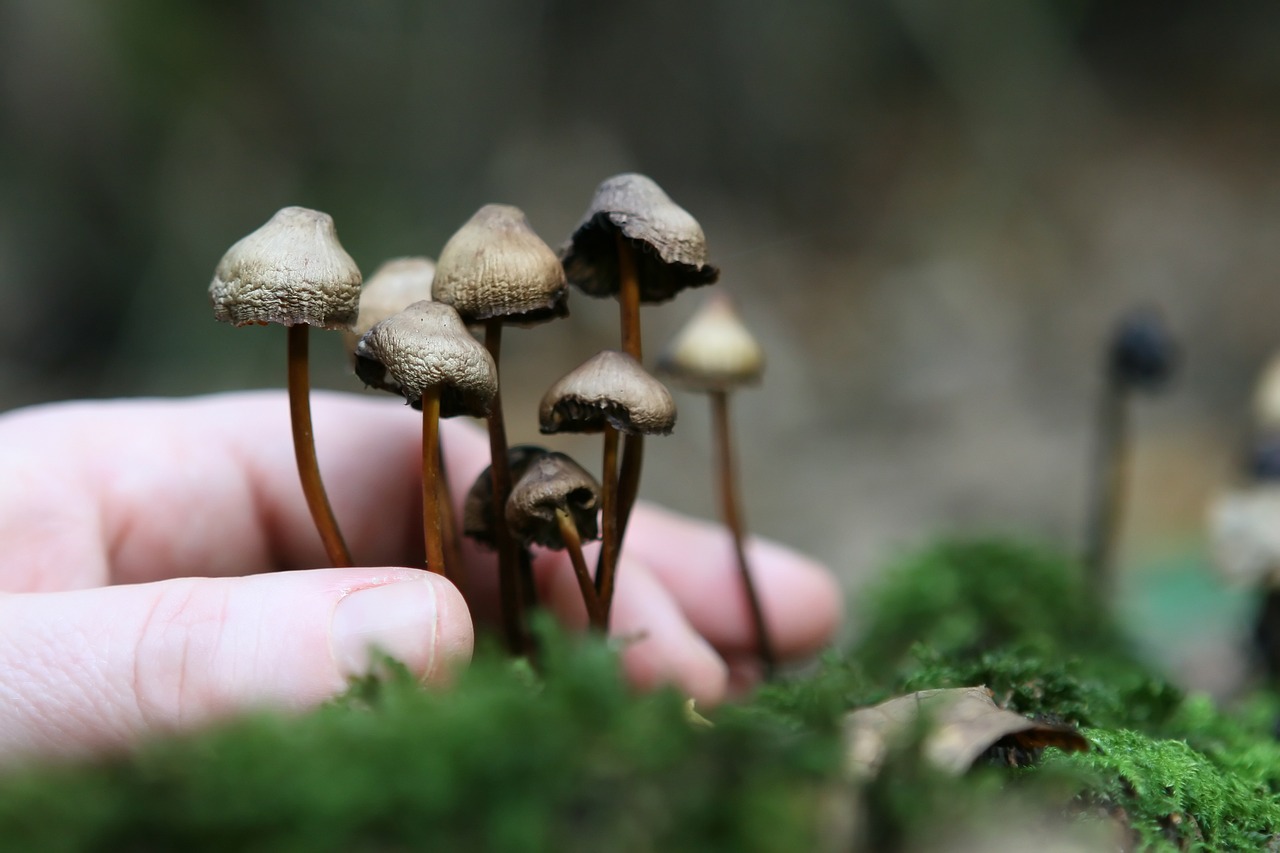Demystifying Mycelium
Mycelium, the root network of fungi, acts as the digestive system for mushrooms. It hunts for nutrients, breaks them down into a digestible form, and nourishes the fungus. This process results in a nutrient-rich byproduct that enriches the soil, providing vital nutrients to other plants and forming a nutrient-dense biomass that is highly beneficial as garden mulch.
Beyond their part in mushroom development, mycelial networks are crucial to the well-being and growth of many land plants, including trees. For example, tree roots form a mutually beneficial relationship with fungi: the tree supplies the fungus with carbon-rich sugars, and in exchange, the fungus provides the tree with essential minerals like nitrogen and phosphorus. Learn more about this symbiosis here.
Fascinatingly, mycelium networks function as an underground communication system among plants, akin to our brain’s neural networks. Recent scientific studies indicate that plants and trees might have primitive nervous systems that fungi could potentially influence, impacting functions such as communication, memory, and learning. Moreover, mycelium promotes soil health by decomposing organic waste and neutralizing any pollutants.
If you’re keen on cultivating magic mushrooms, it’s essential to understand mycelium development. While the cultivation process may pose challenges for novices, learning about mycelium is a critical initial step. While buying mushrooms from 3 Amigos Canada online is always a possibility, understanding mycelium can enrich your mushroom cultivation journey.
Mycelium Growth Process
When fungal spores find a suitable environment for growth, they start the formation of two kinds of mycelium. The first kind, termed as primary or monokaryotic mycelium, is distinguished by a single nucleus in each cell and is typically invisible to the naked eye. The second kind, referred to as secondary or dikaryotic mycelium, can be seen with the naked eye and has two nuclei in each cell.
When fungal spores germinate, they begin to form an initial or primary mycelium known as the monokaryotic mycelium. Upon encountering another compatible monokaryotic mycelium, they can merge to create a secondary stage called the dikaryotic mycelium. It is this level of mycelium that has the potential to generate mushrooms or sclerotia.
Mycelia Types
Mycelia are classified into three categories, two of which signify successful cultivation.
- Rhizomorphic mycelia extend in a string-like manner. These mycelia, like all others, are made up of units called hyphae. The rhizomorphs form a network of these grouped hyphae. Rhizomorphic mycelia initially spread out, then send back chemical signals to the colony implying that the upcoming area is suitable for nutrient provision. The rest of the mycelia then follow. The hyphae at the tip of rhizomorphic mycelia release a substance known as peroxidase, which breaks down the material ahead of it for food. The hyphae then spread over the material, distributing nutrients throughout the colony. This type of mycelia, which commonly sprout from the substrate, is preferred by many cultivators due to the increased chance of mushroom production.
- Tomentose, or “Fluffy” mycelia, have many similarities to Rhizomorphic mycelia. However, the arrangement of the fluffy mycelia strands is unique. Even though the strands might not be instantly noticeable, they do exist. Their cotton-ball-like appearance shows that the strands cluster together. Whether your mycelia develop tomentose or rhizomorphic characteristics largely relies on the growing environment. Cultivators continue to debate whether the type of mycelia impacts the growth speed or the yield size.
- Aerial mycelia arise when the growing conditions are less than ideal. Under such circumstances, the mycelia tend to grow outward instead of spreading across the medium or forming a ball. This type of mycelia, often mistaken for bacterial infection, can obstruct your mushroom cultivation, resulting in weaker, smaller mushrooms. Aerial mycelia usually appear due to inadequate fresh air exchange and high humidity.
Is it Mould or Mycelium?
It’s vital to distinguish between mould and mycelium. If there are green, blue, grey, or black patches on or inside your fruiting box, your culture is likely contaminated. The key indicator is discoloration. Though blue spots may show up, they could simply be bruises.
Cobweb moulds are typically quite noticeable. Instead of being bright, The Mycelium is usually white, but often presents with a greyish tint, and it has a stringy and fluffy texture. While cobweb and green molds do not pose risks to human health, they can adversely impact the health of your mushrooms.
3 Amigos Canada: Your Premier Destination for Mushroom Knowledge
When the topic of psychedelic mushrooms in Canada arises, remember to visit 3 Amigos Canada. We are committed to providing invaluable insights that will ensure your mushroom journey is both safe and enjoyable.





